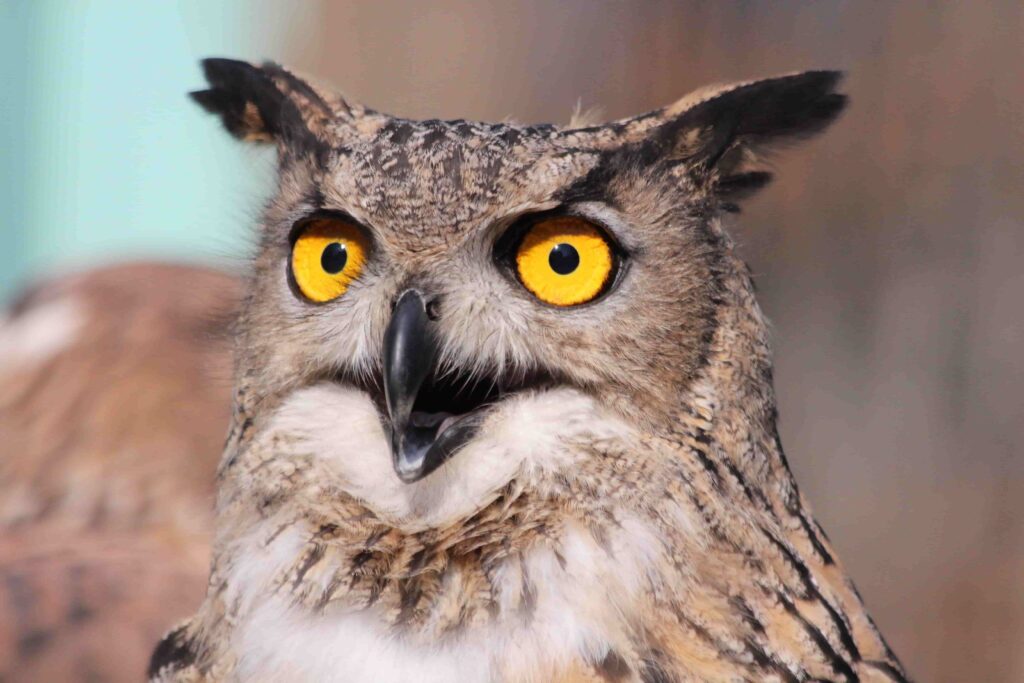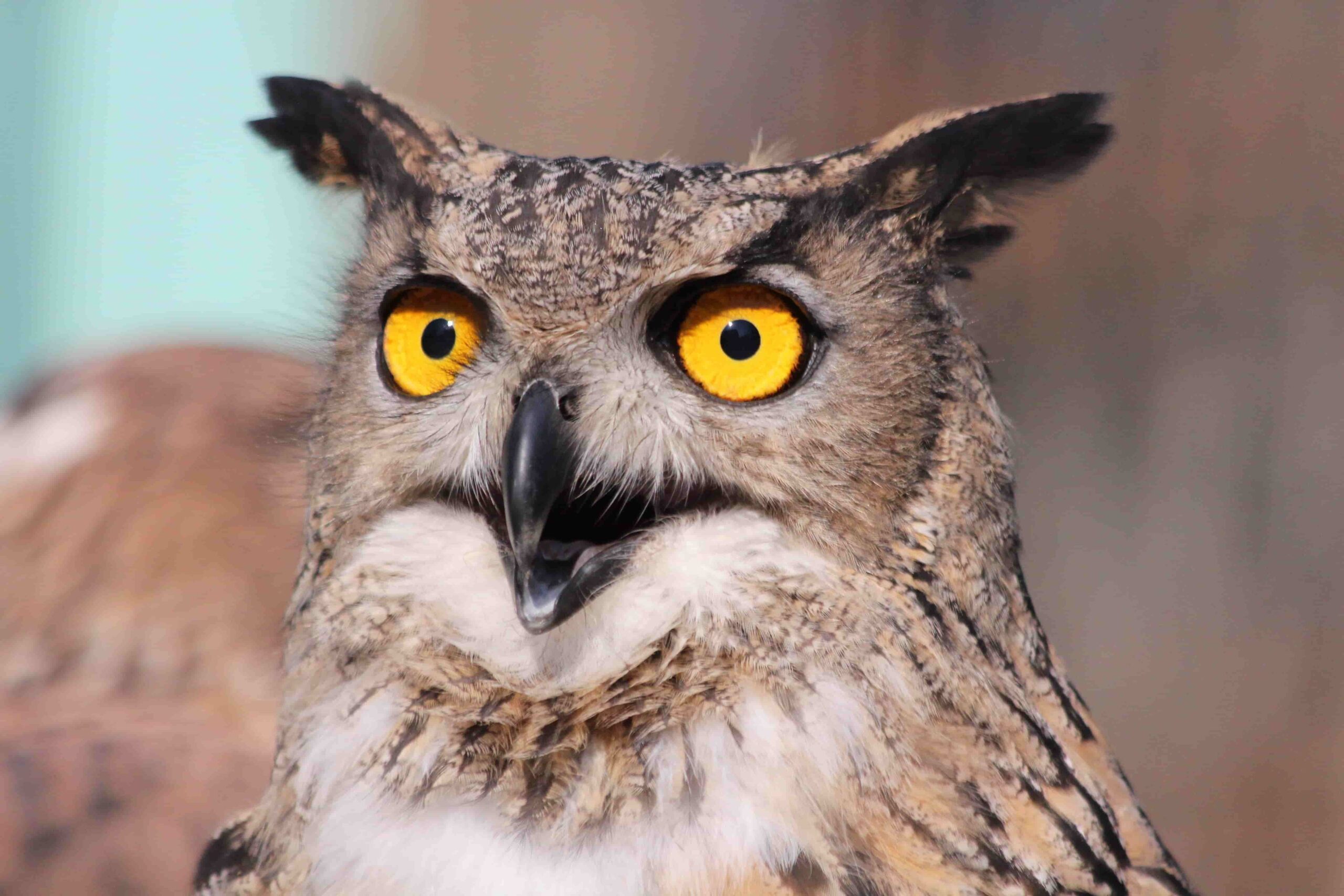Overall, owls hoot at night for a variety of reasons, including to communicate with each other, to coordinate their activities, and to avoid competition with other animals.

Why do owls hoot?
Owls are fascinating birds that are known for their distinctive hooting calls. These calls, which are often heard at night, are used by owls to communicate with each other and to establish and maintain their territories.
Establish territories
One of the reasons why owls hoot is to establish and maintain their territories. Owls are territorial animals, and they use their hooting calls to mark their territories and to warn other owls to stay away. When an owl hoots, it is effectively saying “this is my territory, and you are not welcome here.” This can help prevent conflicts between different owls, and it can also help owls to find mates and to defend their territories from intruders.
Communication
Another reason why owls hoot is to communicate with each other. Owls have a variety of different hooting calls, and each call has a different meaning. For example, some hooting calls are used to signal alarm or danger, while others are used to signal the presence of food or to attract a mate. By using these different hooting calls, owls are able to communicate with each other and to convey important information.
Owls also hoot to locate other owls. Owls have excellent hearing, and they are able to use their hooting calls to triangulate the position of other owls. This can help owls to find each other, especially in low-light conditions when it is difficult to see. By hooting, owls are able to locate each other and to establish contact.
Why do owls hoot at night?
Owls are most active at night, and this is when they are most likely to hoot. There are several reasons why owls hoot at night.
One reason is that owls are more likely to be heard at night is that hooting is a way for owls to communicate with each other, and at night, the sounds of hooting are more likely to carry over long distances. This is because there is less background noise at night, and the air is cooler, which allows sound to travel further. By hooting at night, owls are able to communicate with each other and to establish and maintain their territories more effectively.
Another reason why owls hoot at night is that this is when they are most active. Owls are nocturnal animals, which means that they are awake and active at night and sleep during the day. At night, owls hunt for food, mate, and defend their territories, and hooting is an important part of these activities. By hooting at night, owls are able to communicate with each other and to coordinate their activities more effectively.
Finally, hooting at night is also a way for owls to avoid competition with other animals. During the day, many animals are active and competing for food and other resources. By hooting at night, owls are able to avoid competition with these animals and to take advantage of the relatively quiet and undisturbed environment at night. This allows them to hunt more effectively and to establish and maintain their territories more easily.
Overall, owls hoot at night for a variety of reasons, including to communicate with each other, to coordinate their activities, and to avoid competition with other animals. This is an important part of their biology and behavior, and it helps them to survive and thrive in their natural environments.
Do all owls have the same hoot?
Not all owls hoot in the same way. Different species of owls have their own unique hooting calls, and these calls can vary in terms of their pitch, volume, and duration. For example, the great horned owl has a deep, soft hoot that sounds like “who-cooks-for-you,” while the barred owl has a distinctive, rhythmic hoot that sounds like “who-cooks-for-you-all.” The long-eared owl has a low, hooting call that sounds like “hoo-hoo-hoo,” while the short-eared owl has a high-pitched, trilling call that sounds like “kew-kew-kew.” Despite these differences, all owls use hooting as a way to communicate with each other and to establish and maintain their territories.
Other forms of communication for owl
In addition to hooting, owls also use other forms of communication, such as body language and visual displays. For example, owls may bob their heads or spread their wings to signal aggression or to warn other owls to stay away. They may also use visual displays, such as flashing their eyes or spreading their tail feathers, to attract a mate or to defend their territories. Owls also use vocalizations other than hooting, such as screeches, whistles, and barks, to communicate with each other. These vocalizations can convey different meanings, such as warning of danger, signaling the presence of food, or attracting a mate.


